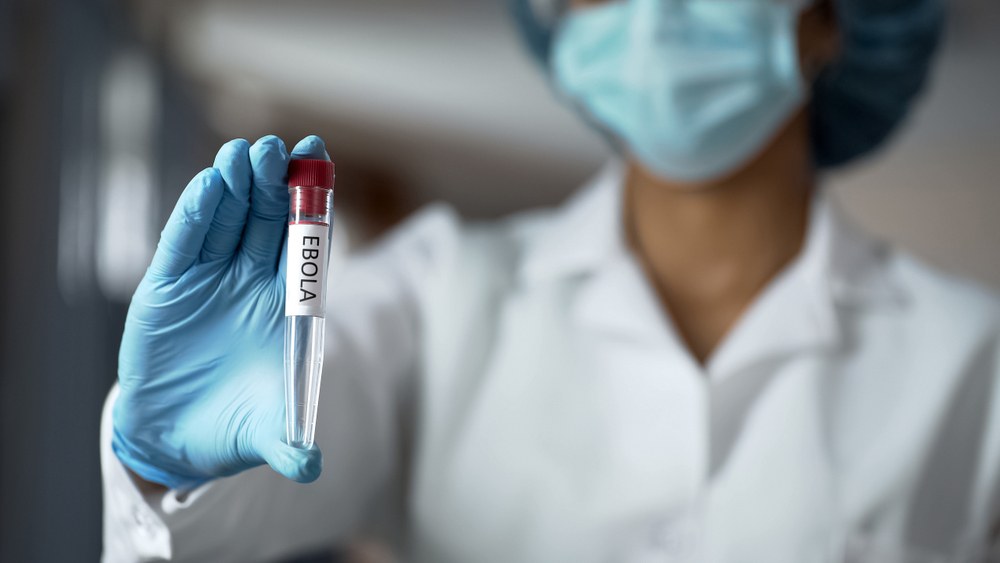Ebola virus disease is hard to rule out because of its symptoms. Ebola, like other diseases (malaria and cholera) has the same symptoms. Ebola virus disease (EVD) can be diagnose through blood and tissue tests, and the medical history showing possible exposure to a patient with EVD within 21 days before the beginning of the symptoms. The doctor will ask the patient whether the person has body contact with a person who is infected or who died from EVD. The patient should be honest about his or her statements to avoid any problems. The patient should be isolated or separated from others so that the virus will not spread.
Once the person is isolated, the health care professional will collect blood samples and test then for EVD. The test will be done three days after the symptoms start so that the virus will reach detectable levels. There is also known transmission from animals to humans through blood and waste products. This happens when you eat an infected animal.
Ebola diagnosis uses laboratory tests such as:
- antigen-detection tests
- electron microscopy
- virus isolation by cell culture
- serum neutralization test
TREATMENT
Acknowledging the early symptoms of ebola virus disease, isolating, screening of suspected patients, and providing them rehydration treatments will help them survive EVD. The patients need the best care and protection for them to avoid infecting their families, health workers and the community.
Supporting treatments for EVD include:
- blood pressure medications
- diarrhea and vomiting medications
- fever medications
- oxygen to help them maintain their oxygen levels
Although there are no specific medical treatments for EVD, these supporting treatments mentioned will help fight against EVD and prevent any complications.
For people who have survived EVD, the recovery process is slow. This will take months to heal completely. People may experience changes in the body like hair loss, sensory changes, fatigue and headache. It depends on how the body responds.


